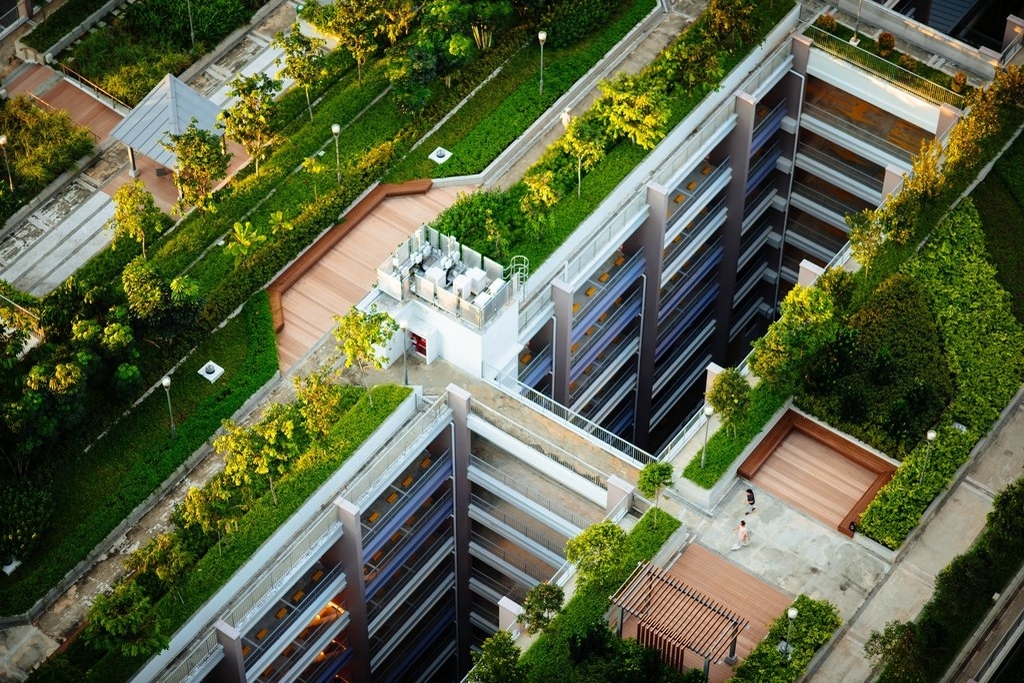The 5-Second Trick For City Blooming
The 5-Second Trick For City Blooming
Blog Article
City Blooming Can Be Fun For Everyone
Table of ContentsGetting The City Blooming To WorkCity Blooming Can Be Fun For AnyoneThe 3-Minute Rule for City BloomingThings about City BloomingCity Blooming Things To Know Before You Get This
Interested in expanding food available in the City of Chicago? Considering starting a community yard? Adjustments to the Chicago Zoning Regulation allow farming uses like area yards and metropolitan ranches in numerous components of the city. Below is a listing of regularly asked concerns regarding the policies and regulations that cultivators need to take into consideration when planning a city agriculture job.
The zoning amendment does not change any type of other codes handling composting, structure authorizations, purchasing or leasing City possessed property, company licenses or environmental contamination. There are existing codes that regulate these issues and they stay completely effect and may be suitable to your project. Community yards are generally possessed or managed by public entities, public organizations or community-based companies and preserved by volunteers.
Urban farms grow food that is intended to be sold, either on a nonprofit or for-profit basis. Because of their business objective, city ranches call for a company license. Yes. A neighborhood yard is permitted to market surplus produce that was expanded on website if the sales are accessory or subordinate to the yard's key purpose described above.
The Basic Principles Of City Blooming
Composting is enabled but just for plant product that is generated and used on website. The quantity of compost product can not exceed 25 cubic lawns at any type of offered time according to the criteria in 7-28-715 of the City's Municipal Code. Yes. Due to the fact that the soil at most new garden sites requires changing, garden compost, soil, timber chips, or other materials can be obtained to construct or boost the growing room - sustainable gardening.

If a building license is required after that the hoophouse will be thought about an accessory structure. You can find out even more concerning the building authorization demands by speaking to the Department of Buildings. The 25,000-square-foot size limit is planned to avoid a solitary neighborhood yard from dominating a given block or diminishing the block's existing household or industrial personality.
The limit does not apply to gardens situated in Public Open Area (POS) areas. Can there be even more than one area garden that is 25,000 square feet on a solitary block? Yes. The size limitation puts on specific gardens, not to private blocks. No. Secure fencing is not needed, however, gardens that have large parking lot might be required to mount fence or other landscape design functions.
Everything about City Blooming
B1 & B2 areas require that all commercial use tasks be performed inside your home. Is secure fencing required for urban farms? Fences might be required, along with landscaping and screening, for particular car park locations and outdoor job or storage locations depending on area and the particular task taking area.
Yes. Urban ranches call for structure permits and zoning authorizations prior to building and construction. Various other kinds of city evaluation may be needed depending upon particular structures, activities, dimension, landscaping, licensing, public heath and stormwater monitoring problems. Numerous of these needs are identified in the job style or allowing process, nevertheless, the candidate might be liable to individually identify specific licenses you could check here or permits that might be called for.
Yes. The kind of permit is figured out by what is taking place at the site. The Department of Company Matters and Customer Security can help figure out the specific kind of company license that's needed. Yes. Off road parking is required for the majority of business projects in Chicago. The called for number of vehicle parking areas is based upon the number of employees working with website and not the square footage of the growing space.
Get This Report about City Blooming

A city farm can sell garden compost product generated on website, nonetheless, the operation should comply with the policies in 7-28-715 of the Chicago Municipal Code. Aquaponic systems are enabled inside on city farms in numerous zoning districts.
As much as 5 hives or swarms of honey may be kept as an accessory usage. Nevertheless, beekeepers have to sign up with the Illinois Division of Agriculture. For additional information about the proposed zoning change you may get in touch with the Department of Real Estate and Economic Advancement, Bureau of Preparation and Zoning at 312.744.8563.
Farming in cities and metropolitan locations A metropolitan farm in Chicago. Urban farming refers to numerous techniques of growing. https://ameblo.jp/cityblooming/entry-12857756993.html, handling, and distributing food in urban locations. The term likewise uses to the area tasks of animal husbandry, tank farming, beekeeping, and horticulture in a metropolitan context. Urban farming is identified from peri-urban agriculture, which occurs in backwoods beside suburbs.
The Best Guide To City Blooming
It can entail an activity of organic farmers, "foodies" and "locavores", that seek to create socials media started on a common principles of nature and area holism. These networks can establish by means of formal institutional assistance, becoming integrated right into local community planning as a "change town" motion for lasting metropolitan growth.
The much more straight accessibility to fresh veggie, fruit, and meat items that might be know via city farming can improve food safety and food safety and security while reducing food miles, leading to lower greenhouse gas emissions, thereby adding to environment adjustment mitigation. Several of the very first evidence of city farming comes from Mesopotamia.
Report this page